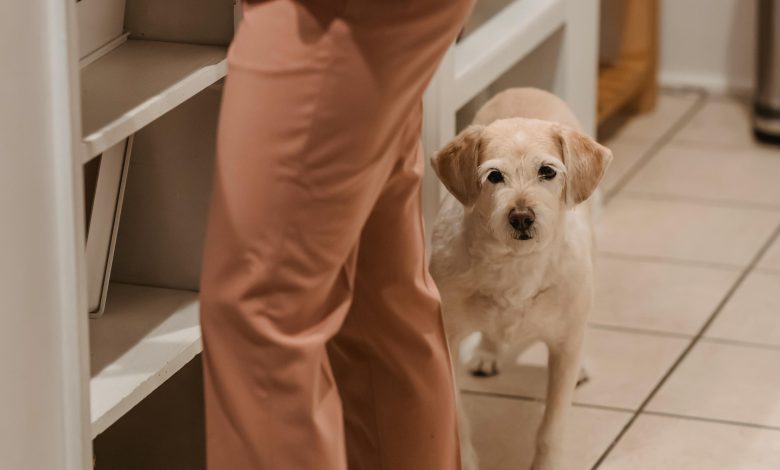Introducing a New Dog to Your Household: Building a Positive Relationship

So you’ve decided to adopt another dog? Congratulations. Before you do, make sure you check out the biggest French Bulldog health issues that are common. This is true for any pet that you choose. Introducing a new dog to your household can be an exciting but challenging experience. It requires patience, consistency, and understanding to help your current dog accept the new addition. With proper planning and gradual introductions, you can foster a positive relationship between your dogs and create a harmonious living environment. In this guide, we will explore a step-by-step process to help your dog accept another dog in the house.
- Preparing for the Introduction. Before bringing a new dog into your home, it is essential to make some preparations to ensure a smooth transition. Here are a few steps to consider:
a. Assess your current dog’s temperament and needs: Understanding your dog’s personality, preferences, and any potential behavior issues can help you plan and address specific concerns during the introduction process.
b. Choose the right match: When selecting a new dog, consider factors such as size, age, energy level, and compatibility with your current dog’s temperament. This will increase the chances of a successful introduction.
c. Create a safe space: Set up a designated area where each dog can retreat to if needed. This will help prevent conflicts and give them a sense of security.
- Gradual Introductions. It’s crucial to introduce the dogs gradually to minimize stress and prevent potential conflicts. Follow these steps for a successful introduction:
a. Neutral territory: Start the introduction in a neutral location, such as a park or a friend’s yard. Avoid introducing them directly in your home, which could trigger territorial behavior.
b. Controlled on-leash meetings: Have both dogs on leashes and allow them to observe each other from a distance. Gradually decrease the distance while monitoring their body language. Look for signs of stress or aggression and intervene if necessary.
c. Scent exchange: Swap bedding or toys between the dogs to help familiarize them with each other’s scents. This can reduce anxiety and facilitate the bonding process.
d. Controlled face-to-face meetings: Once the dogs seem comfortable with each other’s presence, you can proceed to supervised face-to-face meetings in a controlled environment. Reward calm behavior and intervene if tensions arise.
- Establishing a Structured Routine. Creating a structured routine is essential to help your dogs adjust to their new living situation. Consistency and predictability can alleviate stress and promote a sense of security. Consider the following:
a. Separate feeding areas: Feed the dogs in separate areas to prevent resource guarding or competition. This will reduce the likelihood of conflicts during mealtime.
b. Individual attention and training: Spend quality time individually with each dog, ensuring they receive attention and training. This helps prevent jealousy and strengthens the bond between you and each dog.
c. Consistent rules and boundaries: Establish consistent rules and boundaries for both dogs, such as where they sleep, what furniture they are allowed on, and basic commands. This will help maintain order and prevent any potential conflicts.
- Positive Reinforcement and Training. Using positive reinforcement techniques can help shape desirable behavior and foster a positive association between the dogs. Consider the following strategies:
a. Reward-based training: Use treats, praise, and play to reward desired behaviors, such as calmness, cooperation, and appropriate social interactions. This reinforces positive associations and encourages cooperation.
b. Parallel walks: Take the dogs for walks together, side by side, to help them bond and associate positive experiences with each other’s presence. Gradually decrease the distance between them as they become more comfortable.
c. Separate and joint activities: Engage in separate and joint activities with the dogs to build a positive bond between them. Play games, go on outings, or provide interactive toys that encourage cooperative play.
Remember that each dog is unique, and the time it takes for them to accept each other may vary. Be patient throughout the process, as rushing or forcing interactions can lead to setbacks. Always supervise interactions initially and gradually increase their time together as their comfort levels improve.
Introducing a new dog to your household requires careful planning, gradual introductions, and consistent training. By creating a positive environment, establishing routines, and using positive reinforcement techniques, you can help your dogs accept each other and build a harmonious relationship. Remember to be patient, supervise interactions, and seek professional help if needed. With time and effort, your dogs can become lifelong companions, bringing joy and happiness to your home.
Read More : Models and prices of Small backpacks





